In the hours of yesterday night, we are through you article reported that Apple has released macOS 10.15.5. Although it is not a huge update, macOS 10.15.5 still brings one great feature. This feature is called Battery Health Management, and in short, it can extend the overall battery life of your MacBook. Let's take a look together in this article to see exactly what this new feature can do and other information you should know about it.
It could be interest you

Battery health in macOS
If after reading the title you thought that you already know this function from somewhere, then you are right - a similar function is found in iPhones 6 and newer. Thanks to it, you can view the maximum capacity of the battery, as well as the fact whether the battery supports the maximum performance of the device. In macOS 10.15.5, Manage Battery Health is also located under Battery Health, which you can find by tapping on the top left icon , and then select from the menu System Preferences… In the new window, just move to the section with the name Energy saving, where there is already an option at the bottom right You can find the battery condition.
In this preferences section, in addition to the battery status (normal, service, etc.), you will find the Manage battery health option, which is enabled by default. Apple describes this feature as follows: The maximum capacity is reduced according to the age of the battery to extend its life. However, it may not be clear to every user what Apple means by this. Battery health management in macOS 10.15.5 slows down chemical battery aging. If the function is active, macOS monitors the temperature of the battery, together with the "style" of its charging. After a long time, when the system collects enough data, it creates a kind of charging "scheme" by which the system can reduce the maximum capacity of the battery. It is common knowledge that batteries prefer to be between 20 and 80% charge. The system thus sets a kind of "reduced ceiling" after which the battery can be charged in order to extend its life. On the other hand, in this case, the MacBook lasts less on one charge (because of the already mentioned reduced battery capacity).
It could be interest you

If we put it quite simply into layman's terms, after updating to macOS 10.15.5, your MacBook is set to try to save general battery life. However, if you require maximum endurance from your MacBook, at the expense of battery life, you should use the above procedure to disable Battery Health Management. In a way, this feature is similar to iOS's Optimized Battery Charging, where your iPhone will only charge to 80% overnight and activate charging again a few minutes before you wake up. Thanks to this, the battery is not charged to 100% throughout the night and its service life is not reduced. In conclusion, I will add that this function is only available for MacBooks with a Thunderbolt 3 connector, i.e. MacBooks 2016 and later. If you don't see the function in System Preferences, then either you haven't updated or you have a MacBook without a Thunderbolt 3 port. At the same time, it should be noted that when the maximum battery capacity is limited, the upper bar will not display, for example, 80% with a limited charge, but classically 100%. The icon in the top bar simply calculates the maximum battery capacity set by the software, not the real one.
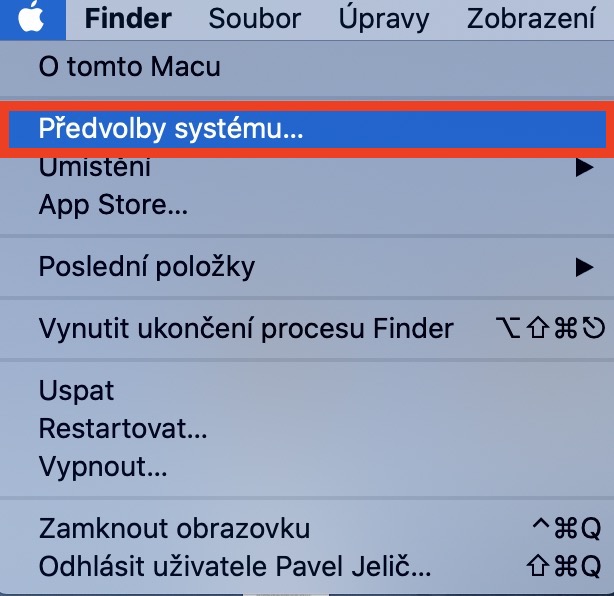
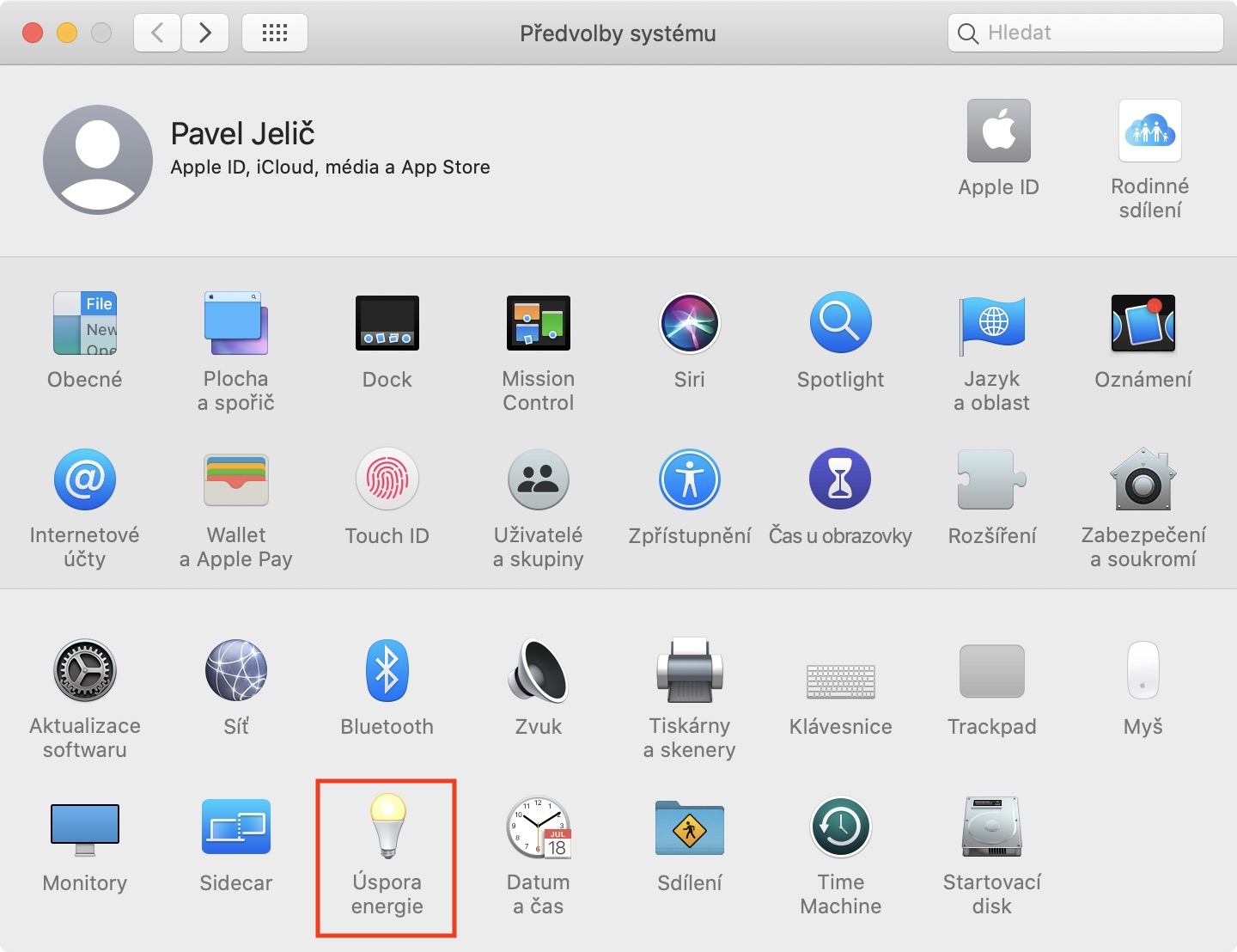
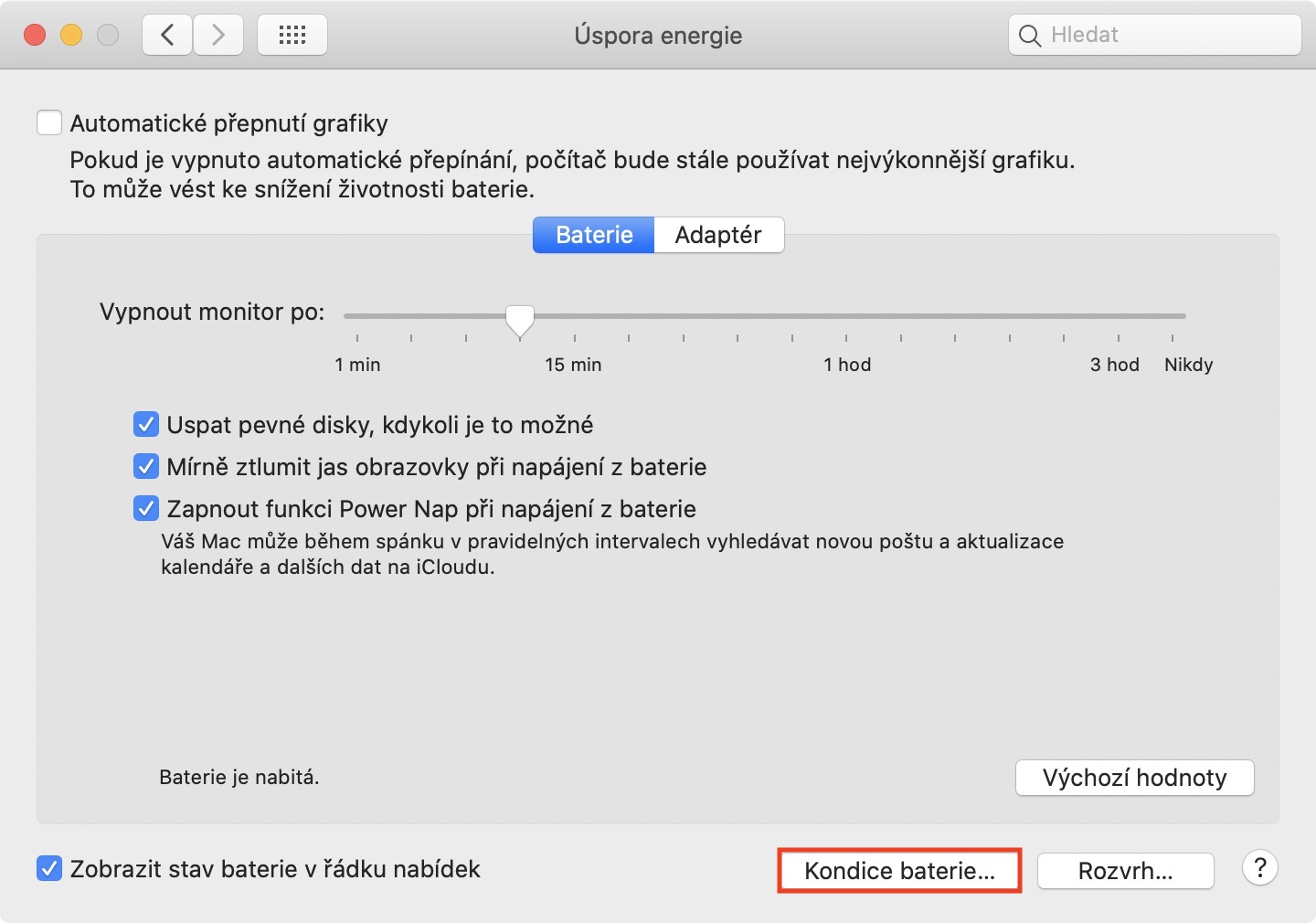


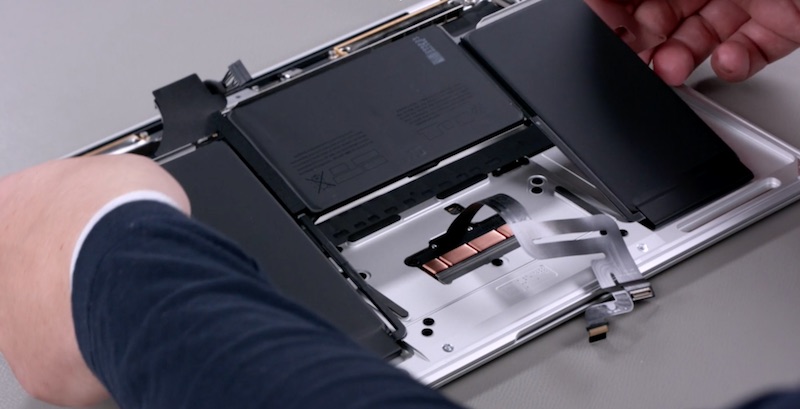
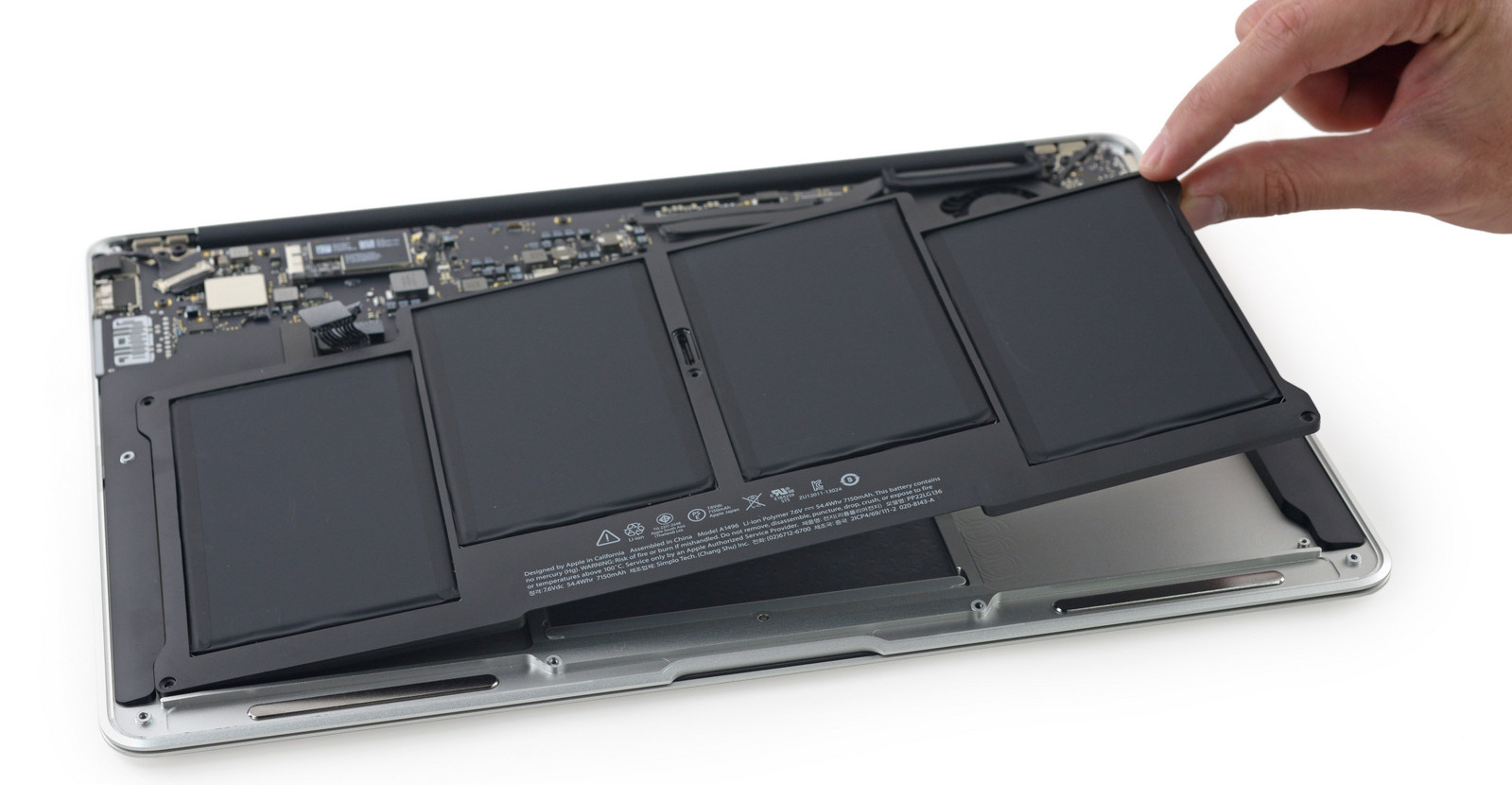
Interestingly, MBP2013 does not have this option after the update.
Did you read the article to the end?
Ha, thanks :-) ... classic test right from the middle of the article